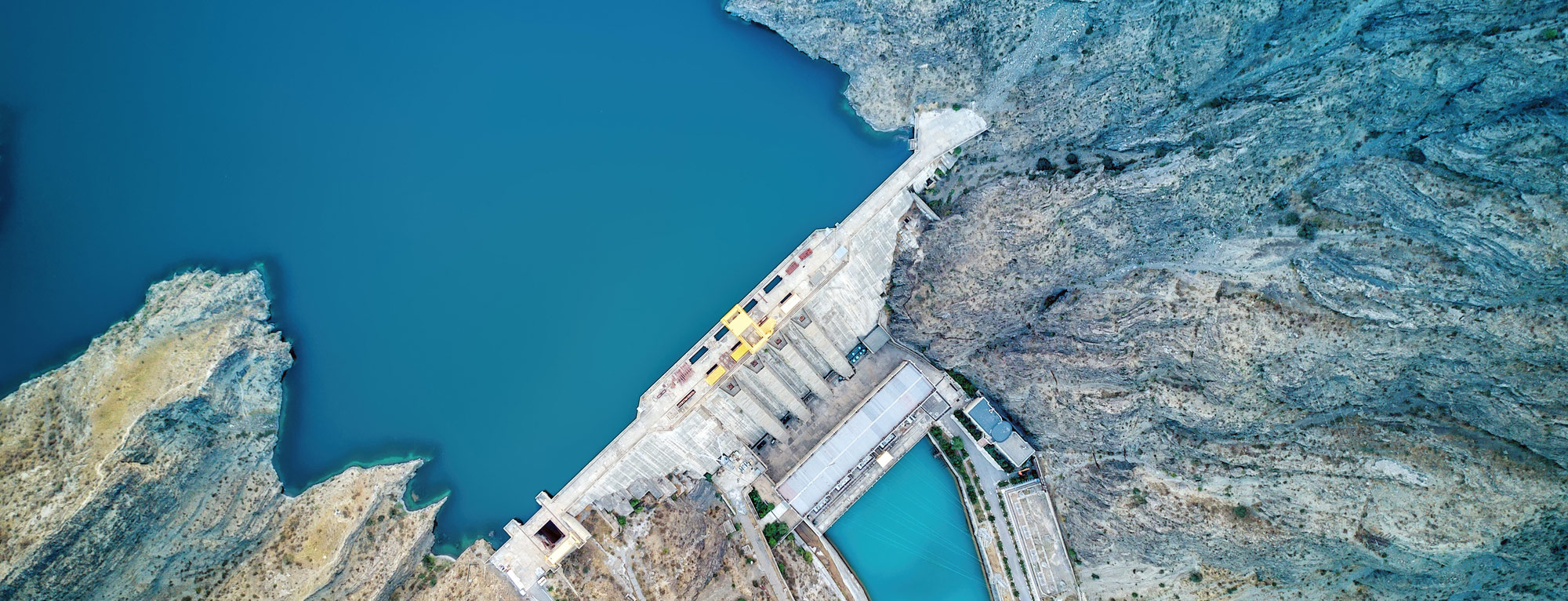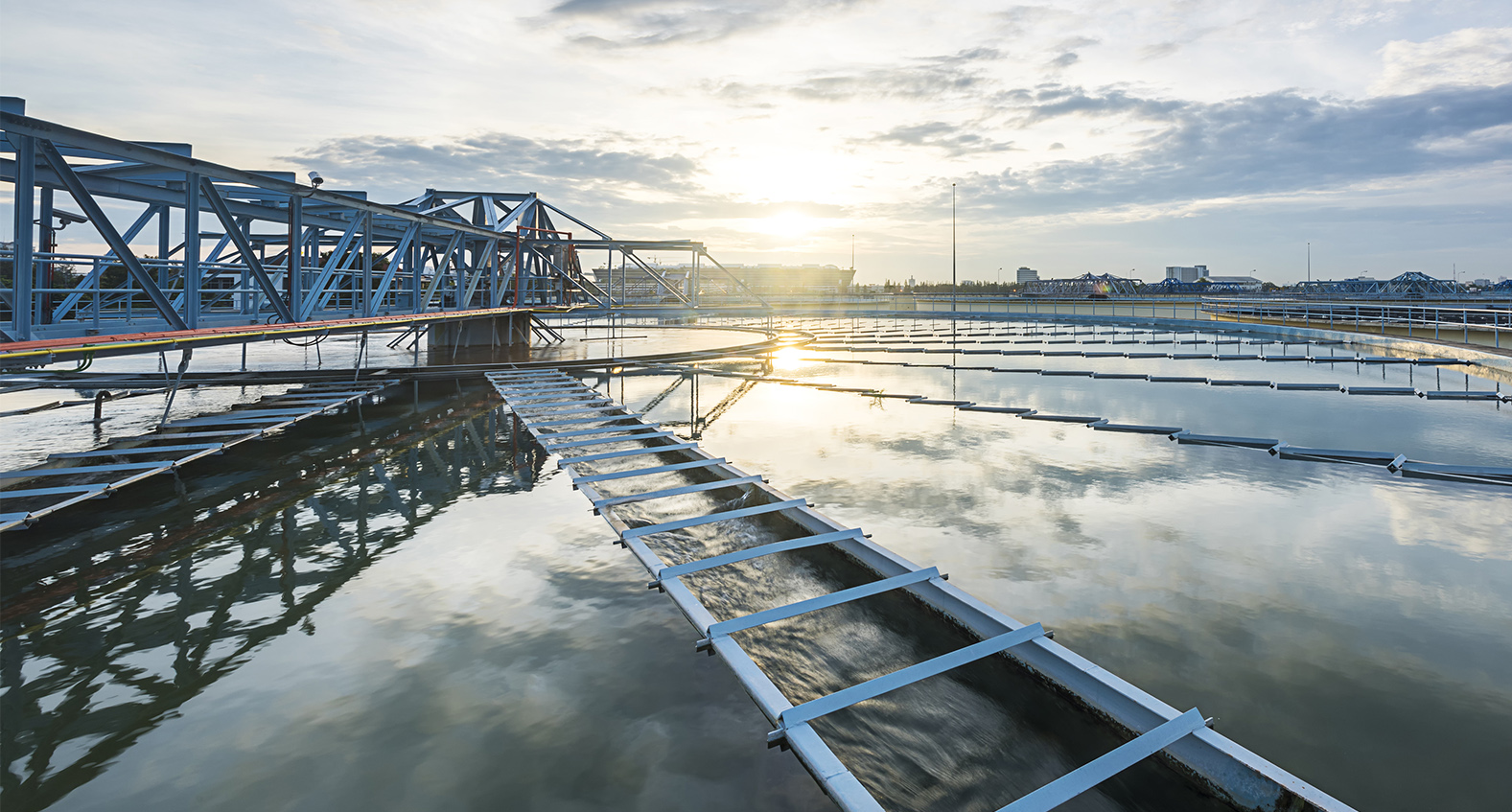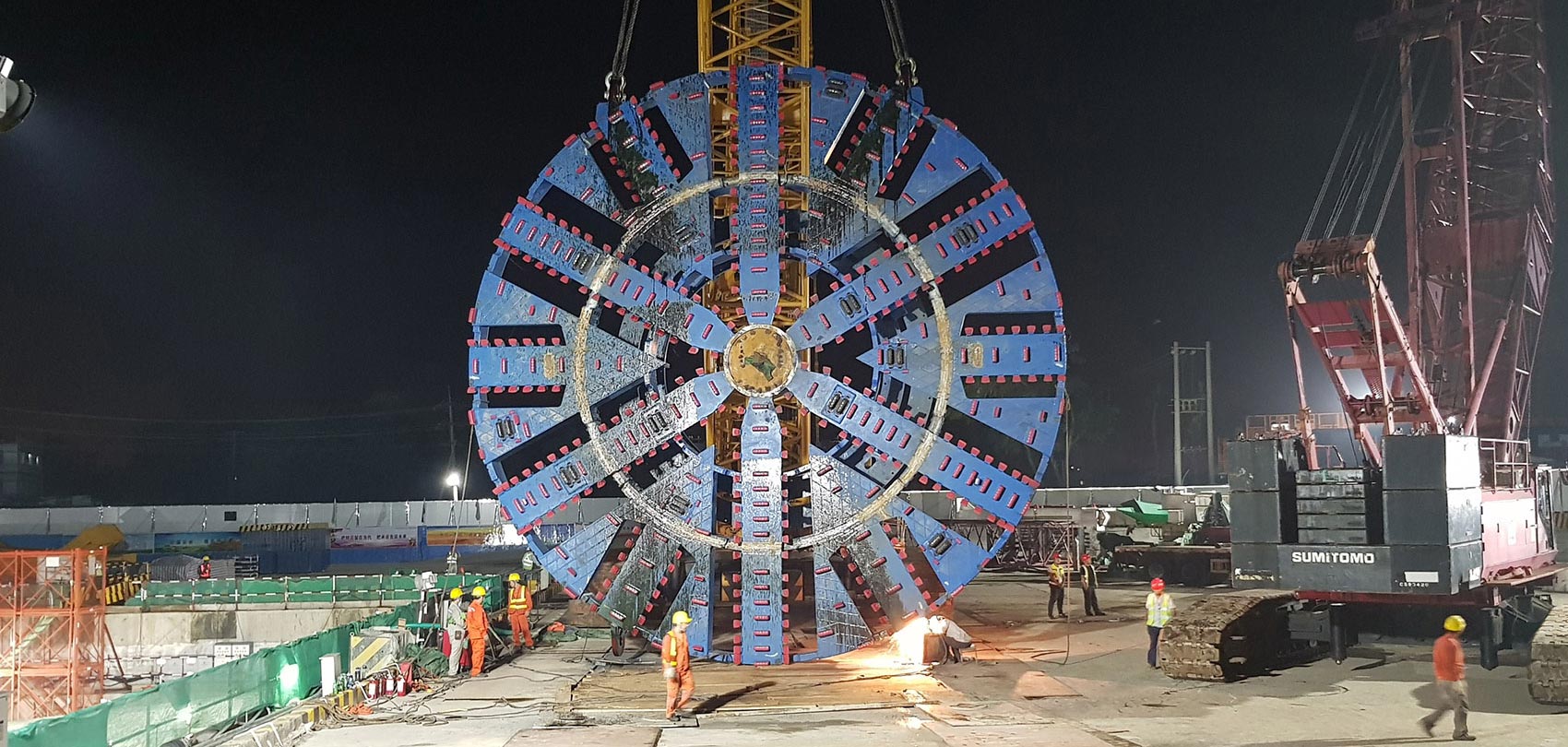
Supporting the Jal Jeevan Mission in India
“Water is a cross-cutting issue of critical importance in India,” says Sharad Bhushan, Head of Linear Infrastructure at SMEC India, whose teams are helping to deliver piped drinking water schemes to thousands of villages in Karnataka and Uttar Pradesh.
The projects are part of the central government’s flagship water supply scheme, “Jal Jeevan Mission” – an aim to provide every household in India with a tap water connection to quality water on a regular and long-term basis. Currently, in these rural regions of India, only around 15 to 20 per cent of the populations can access piped water supply schemes.
“Densely populated areas, with extremely challenging geographical terrain makes it very difficult to access groundwater, which has led to decades of hardship among residents,” Sharad notes. “Many residents are forced to walk long distances to obtain water that may not be potable, leading to water-borne disease.”
Sharad’s teams’ role is to prepare detailed project reports on the proposed drinking water schemes, including site visits, data collection, topographical survey, assessment of existing water supply systems, proposed hydraulic design and cost estimation.
Sharad says he is proud to be a part of significant change to rural water infrastructure in India but notes that broader sectoral change is needed for integrated water management. “These schemes facilitate important reforms including enhancing water storage facilities and tap connection within each household,” he explains. “Further reforms such as gradual movement from groundwater to surface water, using service level benchmarks for performance improvement, universal metering, affordable tariffs and new ways for financing, including public-private partnerships, are crucial to meeting the goals of the Jal Jeevan Mission.”

A community-based approach to grassroots projects
Far away from India, water-parched communities in Nepal and Ethiopia are facing similar challenges including sacrificing work hours to fetch water, walking long distances and illnesses caused by waterborne pathogens.
The SMEC Foundation is partnering with the BridgIT Water Foundation to connect these communities to safe drinking water and reduce waterborne disease through installing drinking water wells in carefully selected locations. Like India, these communities face harsh climate challenges, including drought or floods, depending on the season.
Construction methods are adapted to each environment, with SMEC’s local teams on the ground often assisting with project delivery. In Nepal, for example, a gravity fed piped water system is the usual construction method used for the water supply. The clean water source is typically a long distance from and at higher elevation than the mountain villages. The water is collected in a chamber then fed by gravity through a pipeline to the village. A village water supply involves the construction of water storage, water outlets or tap off takes from the pipeline through various points in the village.
“An important element in the sustainability of these projects is that a community-based approach is implemented, with local residents actively participating in the planning, management and monitoring of the construction project,” says Katie O’Malley, SMEC Foundation Director. “A Water User Committee (WUC) is established in each village and trained in how to sustain the water resource.”

Partnerships propel progress
While the model may differ from project to project, whether government to public-private partnership or joint venture schemes, true partnerships can accelerate progress.
In Semarang, the capital of Central Java in Indonesia, only 62% of households had access to safe drinking water. However, an additional 60,000 to 70,000 households can now access clean water thanks to a piped network project that was delivered via a public-private partnership model through PT Sarana Multi Infrastructure and the regional government of Semarang. It is the third water scheme in Indonesia implemented through a public-private partnership.
“Our teams took on a technical advisory role on this project, which our client has expressed was very meaningful to its successful delivery,” says Imam Hudori, SMEC’s Head of Water and Environment Manager in Indonesia. “In addition to helping communities to access clean drinking water, this project also importantly opened an opportunity for the private sector to invest in water supply infrastructure projects.”
“We hope that it will also lead the way for further infrastructure projects to address Indonesia’s burgeoning need for safe and clean water.”
World Water Week .
Related
insights
 70 Years Forward: Water and hydropower
70 Years Forward: Water and hydropower
"The water and hydropower sectors have changed dramatically since our origins on the iconic Snowy Mountains Hydro Scheme 70 years ago in 1949, one of the largest and most complex hydroelectric schemes in the world. While technology has advanced rapidly, water is and will continue to be an essential and ever scarcer global resource."
 A circular economy for water: water demand and fit for purpose supply
A circular economy for water: water demand and fit for purpose supply
Australia, and the world, is increasingly seeing the effect of climate change on our water supply and security. Scarcity and drought are becoming more prevalent, placing pressure on the current water supply network, and communities are expecting better solutions. As we mark National Water Week in Australia and prepare for summer, it is time to discuss how we best utilise our existing water supplies and create a more resilient future.
 Breaking new ground on Bangladesh’s first underwater tunnel
Breaking new ground on Bangladesh’s first underwater tunnel
Bangladesh is a country of rivers. The Karnaphuli River services the city of Chattogram (formerly called Chittagong), the largest sea port of Bangladesh. With the rapid development of southeast Bangladesh, especially in the regions south of Chattogram, the two existing bridges over the Karnaphuli River are inadequate to accommodate the increase in traffic. With a population of over six million, the heavily congested city of Chattogram is closely surrounded on the east by the Chittagong Hill Tracts and the west by the Bay of Bengal, making an additional bridge type crossing of the Karnaphuli River unviable.
 Collaboration key to successful community outcomes for water resilience projects
Collaboration key to successful community outcomes for water resilience projects
The Murray-Darling Basin is an area of vast significance to Australia. It plays a crucial role in Australia’s food supply network, producing over 40% of our agricultural produce, and is home to 35 endangered species and 16 internationally significant wetlands. It supports over 2.2 million Australians, including 40 different First Nations communities.




